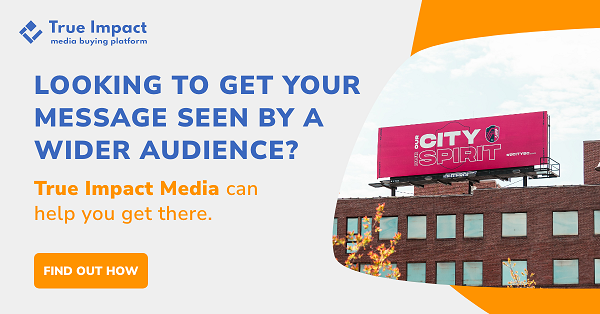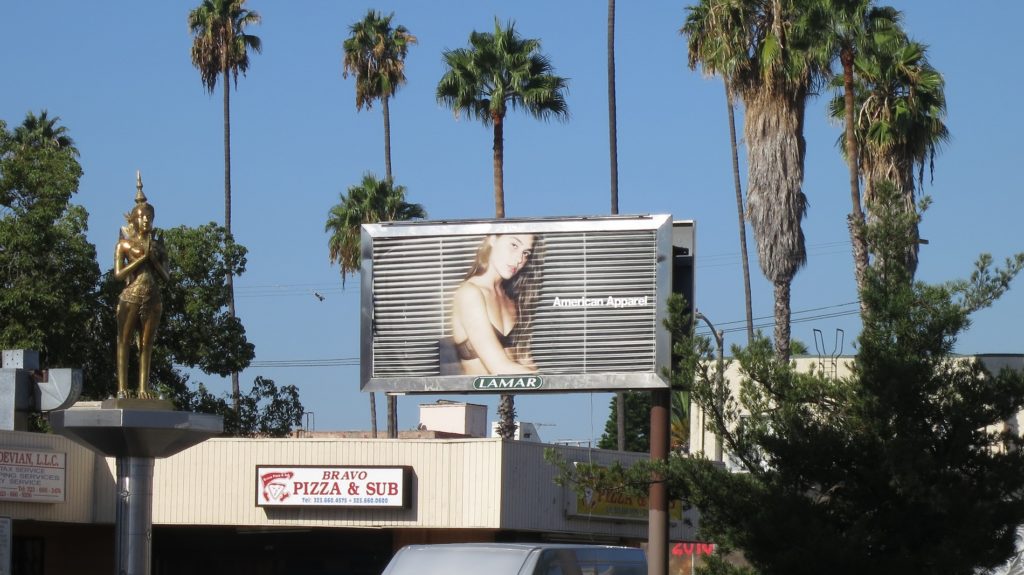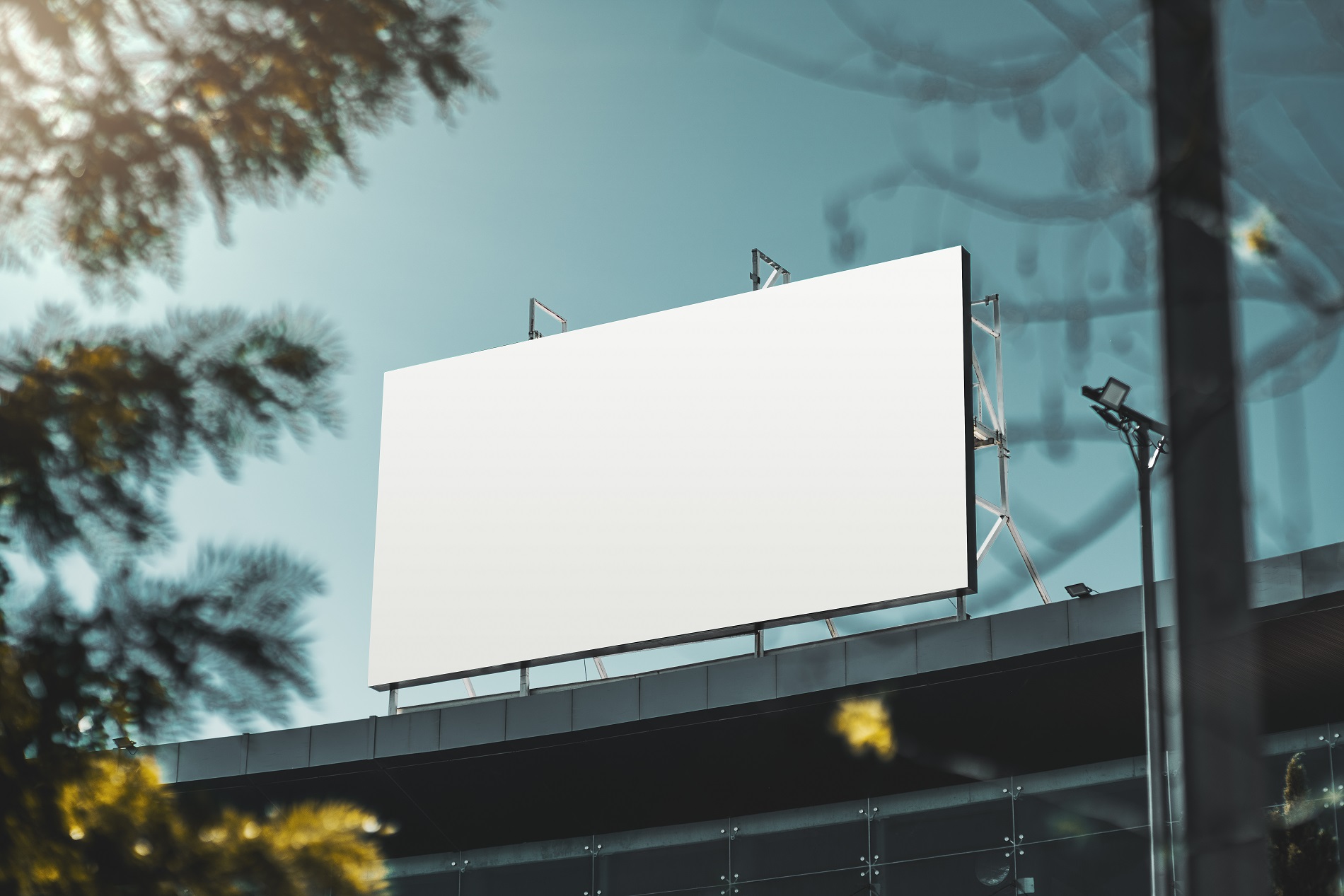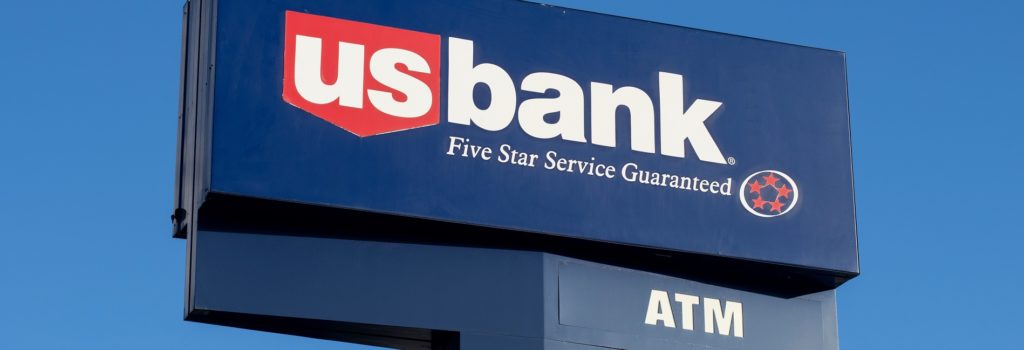Lights! Camera! Los Angeles is where you can find the action. Beyond the bustle of…
We’ve all been there. We’re sitting in our cars, stuck in traffic, listening to a song on the radio that we’ve heard a million times before when our eyes start scanning the landscape for a distraction. And what do we find to look at? Billboards.
With the internet being so prevalent these days, billboards have a misconception of being obsolete. If you’re wondering if billboards are still effective, the answer is absolutely, especially when one’s marketing campaign is creative and strategic. The digital age has produced some of the best billboard advertising examples. If you are running a marketing campaign for your business, you might consider procuring a billboard ad for yourself.
But have you ever asked yourself: Is there a standard billboard size? Other than, you know, big? If you’re thinking of renting billboard space for your company, it’s a question you need to know the answer to.
Keep reading to learn about some of the most popular billboard dimensions so you can get an idea of the advertisements that will work best for your marketing goals.
Billboard Sizes
With no further ado, let’s start talking size. Billboards come in many different shapes and dimensions, but we’ll break them into some basic categories to give you an idea of what to expect.
Spectaculars
Go big or go home, right? Spectaculars get their name because (you probably guessed this) they’re spectacularly big. These are specially designed billboards made to grab attention in high-traffic areas—think billboard designs that wrap around the corner of a highly visible building or span the space between two major highways.
In addition to being huge, they often use special effects to guarantee people will stop and take notice.1
So what are the dimensions of the largest billboards available? Common sizes include:
- 20’ high by 60’ wide
- 16’ high by 60’ wide
Because these billboards are most popular among large national brands with fittingly spectacular advertising budgets, they can have custom dimensions that break the rectangular mold.
While these are, ad advertised, huge, they’re not necessarily the most practical option. Most businesses probably don’t need to be quite so spectacular, which leads us to the next category.
Bulletins
Hear ye! Hear ye! We have a bulletin to share!
Bulletins are the most popular billboard size and likely are the type your brain associates with the word “billboard.” Although not as massive as spectaculars, they’re still very large and eye-catching—and available to rent in many more locations around the country.
If you’ve been thinking about advertising on a billboard, you’ve probably been thinking about using a bulletin.
Standard bulletin sizes include:
- 14’ high by 48’ wide
- 10’ high by 40’ wide
- 10’6” high by 36’ wide
Bulletins are the most popular billboard size and are best suited for large roads like highways.
When renting a bulletin, there are considerations beyond size and location—for example, longevity. There are also two types of bulletins for you to decide between:
- Permanent Bulletin – Your standard billboard. These stay in one place, and you will generally rent their location for at least six months.
- Rotary Bulletin – This type of bulletin will only stay in place for about sixty days then will be moved to a different area. This can mean more eyeballs see your ad, but it also means you’re less of a fixture in one area.
Bulletins are also large enough that, like spectaculars, you can customize them in eye-catching ways. They provide creative freedom that can help you maximize their impact. Just keep in mind that people will only have so much time to take in your copy and images (especially if you’re renting a rotary space).
Posters
No, we’re not talking about the band posters you had plastered around your room during high school. Posters are the next size smaller than bulletins and provide different advantages.
If your goal is more targeted advertising, posters can provide advantages over bulletins. After all, if you’re running a restaurant in Vermont, you will not generate much business advertising on a highway full of tourists who are only passing through.
A poster (also called a 30 sheet) provides an option that is a bit smaller than a bulletin and better suited for local roads. These smaller roads may not be traveled by as many people, but by being more targeted, they can prove more effective.
The standard size is 12’3” high by 24’6” wide.
Why Are They Also Called 30 Sheets?
You might have noticed that posts are neither 30” high nor wide. So why are they called 30 sheets?
To answer that, we need to go back to the invention of lithographic printing…
Or not. Printing methods have changed a lot over the years, and it isn’t really important to know that full history. The only thing you need to keep in mind is that while technology changes, sometimes old jargon perseveres. If you hear someone refer to a 30 sheet, they mean a poster.2
Junior Poster
A junior poster, or 8 sheet (jargon again), is a smaller version of a poster. If posters are an option best suited for smaller roads, a junior poster is an option best suited for people who aren’t on roads at all. Perfect for downtown areas with a high degree of foot traffic, a junior poster is a great option to catch the eyes of people walking around an area instead of those who are driving by.
Being that a junior poster is smaller than other billboard options, it can also be a bit more malleable. Some things you can do with a junior poster include:
- Vertical Orientation – Every example to this point has assumed horizontal orientation because that’s the only option. Flipping something forty feet long onto its side is no small task. However, some junior posters can be oriented vertically. If your ad is more up-to-down as opposed to side-to-side, this option may suit you.
- More Text – No one’s going to stop their car on a busy highway to read your billboard (at least, we certainly hope they won’t). That means you need to be catchy and concise. That’s a good rule regardless of size, but since a junior poster is geared toward walkers, you can put a little more text into it without causing a multi-car pile-up.
The typical dimensions of a junior poster are 5’ high by 11’ wide.
Wallscapes or Wall Murals
The final size we’ll touch on quickly is the wallscape or mural. This is where you put your advertisement directly on the side of a building. These can be useful in urban areas where space is limited as they use preexisting structures. In some cases, your advertisement may even be viewed as beautifying the area as it adds something to an otherwise uninteresting building facade. Advertising reach and community goodwill can be quite the winning combination.
The dimensions of wallscapes are as variables as the buildings they’re found on.
Finding the Right Billboard Size for Your Business
Billboards are impossible to avoid. Maybe you don’t make a note of every billboard you pass, but if you see one every day, you’re likely to read it and see what’s being advertised. This is what makes billboards such a great tool to increase brand awareness.
But billboards aren’t one-size-fits-all.
We’ve already suggested that different sizes can help you target different demographics. To review, it’s important to consider the following factors:
- Location – The number of people who see your ad will depend greatly on where you put it. Times Square gets more traffic than a rural road. Think about where your billboard can have the most impact.
- Budget – Times Square also costs more than a rural road. Bigger sizes cost more than smaller ones. Digital costs more than traditional. You need to know how much you’re able to spend, so you know what’s possible.
- Intended audience – Who cares about that foot traffic in Times Square when you’re advertising farm equipment in Iowa? You need to consider your audience when deciding what type of billboard will best reach them.
- Type of advertisement you need – Are people already familiar with your brand? Do you need to write more to explain what it is you do? Can you direct people easily to a memorable website?
All of these questions affect the type of billboard you’ll need. People aren’t going to pull over to read a treatise on your business, but they will glance over and remember a catchy tagline. If you need to get wordy, look into a junior poster that people will see while walking over a bulletin they’ll be glancing at while driving.
While an effective billboard can generate a positive return on your initial investment, you’ll need to choose the right size, location, and messaging to achieve your goals.
Aside from knowing the different sizes, you should also consider how to get a billboard, how much does a billboard cost, and what are the types of billboards. You wouldn’t want to waste money and effort on a billboard that doesn’t get visibility by your brand’s audience.
True Impact Media: The Perfect Fit
If nothing else, this guide should show you that there are many billboard size options. And if you’re torn between maximizing views and minimizing your spending, you might not know whether a poster or a junior poster is right for you.
This is where we at True Impact Media can help. We know outdoor advertising. If you have questions, we have answers. We can also help you get a sense of the average cost in your area and whether you’re likely to get a return on your investment. We’ll also connect you with owners looking to rent out their billboard space, simplifying the buying process.
If you’re ready to take your advertising to the next level, you’ve come to the right place. Contact us to get started today!
Sources:
- Out of Home Advertising Association of America. OOH Media Formats. https://oaaa.org/AboutOOH/OOHBasics/OOHMediaFormats/OOHMediaFormats.aspx
- PaperSizes.org. Billboard Sizes. https://www.papersizes.org/billboard-sizes.htm




